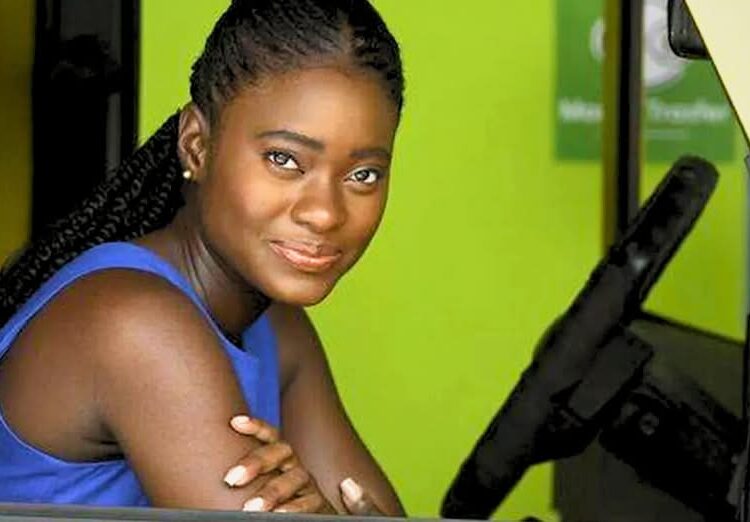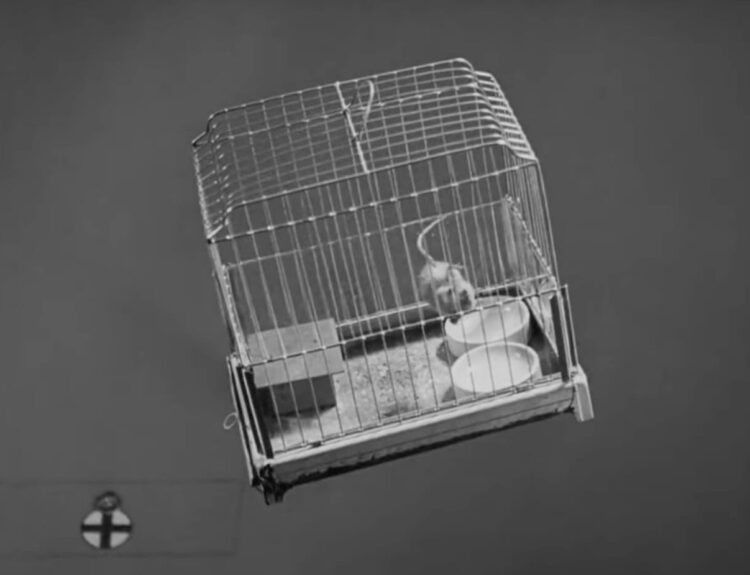On a bit of a run after watching Rashomon recently, my friends and I checked out Seven Samurai…not at a theatre this time, but on a pretty big TV so it felt like quite the complete cinema experience.
And what better movie to have a complete cinema experience than Akira Kurosawa’s epic 1954 masterpiece, Seven Samurai?
Spoilers ahoy
So similar to Rashomon, this movie inspired a whole bunch of imitators, homage and sub-genres–even if you are not familiar with it, you will certainly recognize some of its story concepts.
The film I set in the late 1500s in Japan, when a gang of bandits ravage villages throughout the countryside. A villager overhears the bandits determine to raid his particular home once their harvest is in. Knowing they will be no match for these brutes, several villagers go out to look for samurai that they can hire to protect their home (specifically for “hungry samurai” since they have nothing to pay them with except for a bit of food). Eventually they succeed, gaining the help of Kambei, an older, war-weary rōnin with a highly strategic mind. He eventually helps to pull together the titular “seven samurai” who fortify the village and train the villagers, leading them to eventually successfully defend themselves from the attack.

If you don’t know the film but the plot sounds familiar, that’s because it was remade in America as The Magnificent Seven, and can also be seen in movies like Battle Beyond the Stars, A Bug’s Life, The Three Amigos and Galaxy Quest. You even see elements of the plot in things like Rogue One, Justice League, Saving Private Ryan and just about every episode of The A-Team. Basically, this movie’s legacy can be found all over the place. It’s regularly on people’s lists of greatest movies of all time, and is a pretty clear inspiration to a lot of well known filmmakers, including Steven Spielberg, George Lucas, Martin Scorcese and more.
With all that in mind, I don’t feel terribly qualified to comment much about the film, even though I’m of Japanese descent, a filmmaker and have a growing familiarity with Kurosawa’s work. But I will say that I absolutely loved it–it’s long (about three and a half hours) but an incredibly satisfying viewing experience.

Actually, this is the second time I’ve watched Seven Samurai–but the first was over 30 years ago, and was probably the shorter cut that was more accessible back then. I had the impression that I liked it, but very little memory of specifically why.
Now I can say that it’s because of so many things. In spite of the daunting length, the movie is driven and fast-paced, and always has something going on (sometimes, multiple things going on) to keep interest. It’s intensely dramatic, but also regularly quite funny, so it takes you a full ride of emotional experiences. It’s high stakes action-adventure which is often told in broad strokes, but it’s sufficiently personal and intimate to never feel shallow. And in spite of the fact that there are indeed seven leading action heroes, plus a bunch of villagers, we really do end up connecting with the characters, thrilling to their successes and mourning their losses.

The standout character is Kikuchiyo. He is the seventh of the seven samurai, and turns out to not actually be a samurai at all, in that he’s actually the son of a farmer and a samurai is something you have to be born into.
But Kikuchiyo is an energized firecracker of a fighter, insecure but determined, creative, unpredictable, and seemingly fearless. He’s played by Kurosawa stalwart Toshiro Mifune, who apparently was given a lot of room to improvise in his performance.

It really pays off. He’s funny, he’s surprising, he’s occasionally somewhat cringey, but he’s always engaging. And he’s got an outrageously long sword, which is just epic.
But he’s not the only one who is good. The whole cast works, especially Takashi Shimura as Kambei, the group’s leader and strategist. He provides the grounded calm that contrasts with Kikuchiyo’s impetuous dynamism.

But maybe my favorite member of the cast is Minori Chiaki, who plays Heihachi, an amiable fighter who is a bit less skilled than the others but provides cheerful morale for the group.
He’s not as nutty as Kikuchiyo, but he’s warm and amiable, and well-suited to his role as the provider of team spirit. It’s the showiest of characters, but Chiaki is always interesting to watch, even when he’s just part of the crowd reacting to things. Sadly, he’s also the first of the four main characters to die in the movie, but this also serves to cement his role as the heart of the team when Kikuchiyo rallies the group by waving the flag that Heihachi designed for the village.

The flag is one of the movie’s most enduring images–six circles that represent that “proper’ samurai, a triangle for Kikuchiyo, and the Japanese symbol for “rice paddy”, representing the villagers.
Another iconic image from the film is a shot right at the end, showing the graves of the four samurai to fall in the film, each with their swords marking where they are.

But this is a movie full of great shots. Kurosawa was, after all, an absolute master of blocking, cinematography and visual language. Whether we are in the thick of the battles, or seeing the action from behind fences or other cover, it’s always fully immersive and engaging.

Incidentally, all three actors that I’ve mentioned are also in Rashomon. We recognised Toshiro Mifune of course–he’s the main character in almost every Kurosawa movie that I’ve watched so far, but both Takashi Shimura and Minori Chiaki took us by surprise. They played the two guys who feature in the framing sequence of Rashomon, with Shimura as the woodcutter and Chiaki as the priest. This made me all the more impressed with both of them as actors, especially Shimura.

And it turns out they were also both in Hidden Fortress with Mifune as well, so I guess Kurosawa knew a good thing when he saw it!

Seven Samurai brings up some challenging moral and cultural issues, particular with regards to the society’s treatment of women. This is seen here with one of the village daughters who is shunned and almost beaten by her father after she has a love affair with one of the samurai. A quick bit of research my friends and I that though the samurai are of a higher class than the farmers, the assumption is that they would never marry one, so the love affair is likely to leave the young woman “tainted” in her reputation.
There’s an interesting dynamic with this at the end, as the young samurai who was involved with her, Katsushirō, is shown torn about leaving her at the end. His ultimate decision is left to the viewer’s imagination, though it is presumed I think that he does indeed leave–the cultural divide between the couple just seems too far apart at the end.

All of this reminded us of Rashomon (I watched both films with my friend Rod). Seven Samurai is not as intense or complex as Rashomon, and it’s such a bigger movie that there is a lot more going on, and thus these elements form a smaller part of the story. But it’s interesting nonetheless, and adds an additional edge to the viewing experience that is both challenging and thought-provoking.


Ultimately, Seven Samurai is just an amazing movie. Prior to this, I would have held up High and Low as my favorite Kurosawa film, but after rewatching Seven Samurai it’s more of an even bet. The two stories are pretty far afield from each other, but the craftsmanship with which they are put together is definitely on par with each other.




